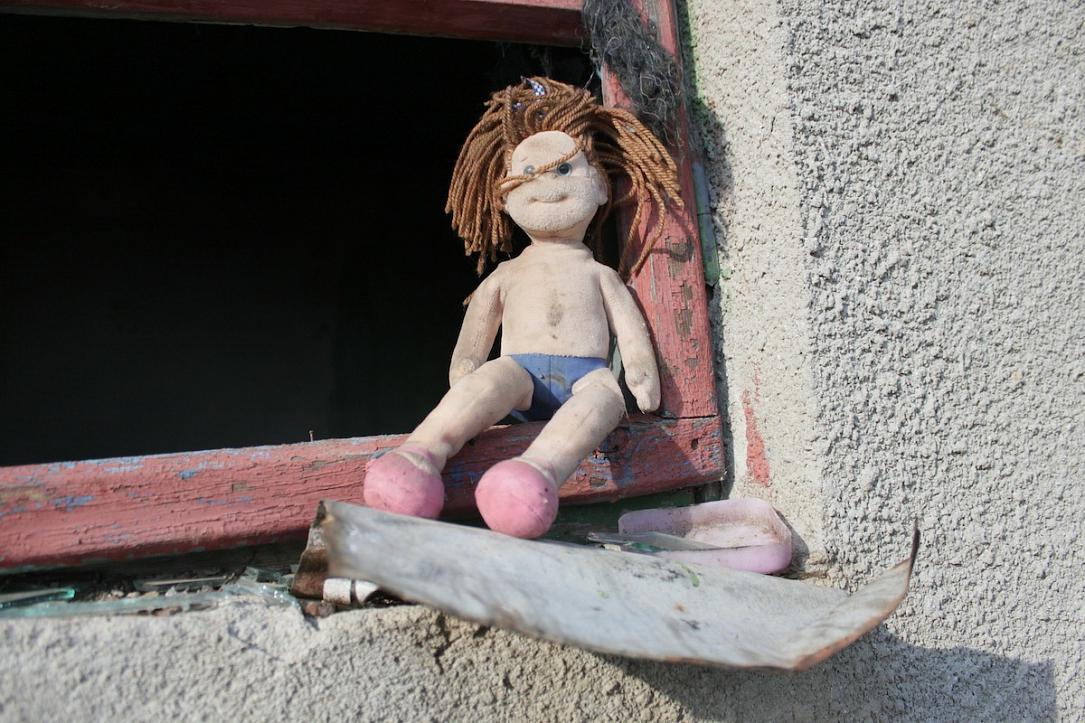Save the Children: Over 1.5 mln children in Romania were at risk of poverty or social exclusion in 2020



According to a new Save the Children report, for the first time in five years, the risk of poverty and social exclusion has increased among Romanian children (36.3%). And the pandemic had a serious impact on the most vulnerable children, with the situation being even more severe for children with disabilities, Roma children, and children in precarious situations.
In 2020, 1,582,000 children in Romania (36.3%) were at risk of poverty or social exclusion. According to the Save the Children report, children were the most vulnerable to the pandemic. The risk of poverty and social exclusion among children increased by 0.5 percentage points last year, while it decreased for adults by 1.2 percentage points.
The severe material deprivation rate increased among the general population, from 14.5% to 15.2%, but the increase was even higher among children - from 17.7% to 21.4% and, in the case of children under 6 years, from 16% to 22%.
According to Save the Children, children with disabilities, especially those in rural areas and Roma children, are at increased risk of social exclusion and segregation, including in terms of education.
When it comes to the children left behind by parents working abroad, their number reached 75,136 at the end of December 2020. Of these, 13.253 had both parents abroad, and 9.409 had one parent living in another country.
“Most remain in the care of grandparents or other relatives, but there are also cases in which children are left on their own or in the alternative protection system,” Save the Children said.
A particularly vulnerable group is that of children from underage mothers: 7,977 underage mothers were registered in 2019, of which 700 gave birth before turning 15. The children of minor mothers are more vulnerable than other children, are not immunized on time and do not have regular access to medical services.
The same report also said that, even before the COVID-19 pandemic, Romanian children faced obstacles in accessing quality and equal healthcare.
“Although healthcare for children is free of charge, regional disparities and the urban/rural unbalance, waiting lists and limited funds allocated to the medical system cause families to turn to private medical services, which are not accessible to all,” the organization said.
The COVID-19 pandemic accentuated the disparities: according to a report by Save the Children Romania, as of April 2020, 23% of parents were unable to purchase medicines for their children, while 15% said they did not have access to medical services for children.
According to the new analysis of Save the Children, which includes 14 European states (9 EU Member States and another 5 non-EU members), children across the European Union, one of the healthiest and fairest regions in the world, are facing unacceptable levels of poverty and there is no European country without children on the brink of poverty. For example, in Germany, one of the world’s wealthiest countries, 1/4 of the children’s population are growing up at risk of poverty. In Spain and Romania, one in three children lives below the poverty line, while in Italy, 200,000 more children have been driven to extreme poverty in 2020.
“Recalling that the European Union has committed to taking at least 5 million children out of poverty by 2030, allocating EUR 88 billion from the EU budget for 2021-2027 to this goal, we believe that now is the time for governments to act. By May 2022, Member States need to create action plans to implement the European Child Guarantee,” Save the Children said.
Save the Children Romania will hold a new edition of its Christmas Tree Festival (Festivalul Brazilor de Craciun) on December 9. The charity auction aims to raise funds for disadvantaged children in Romania. Last year, the event raised total funds worth EUR 474,600 by auctioning 30 designer Christmas trees.
irina.marica@romania-insider.com
(Photo source: Pixabay.com)